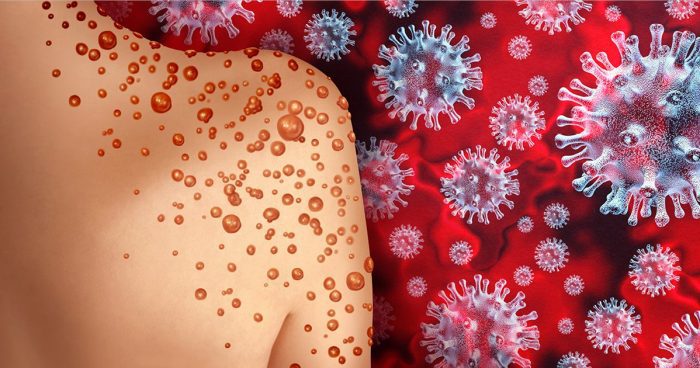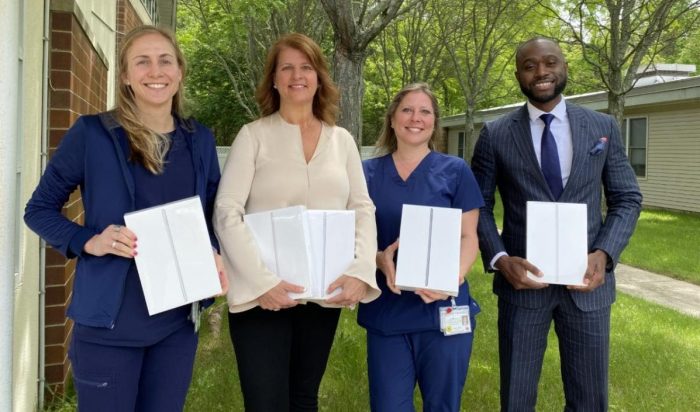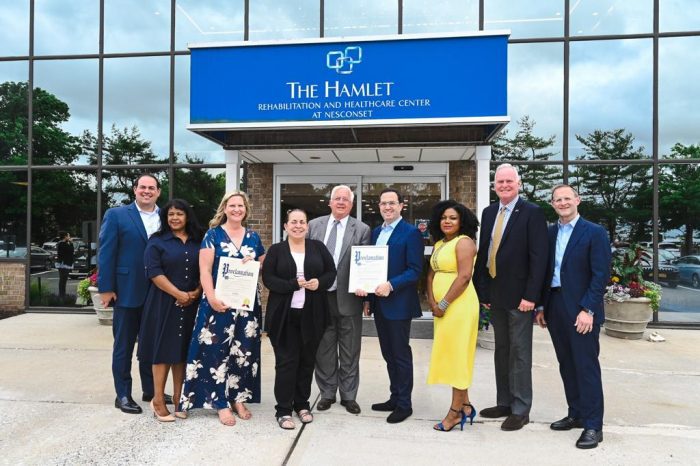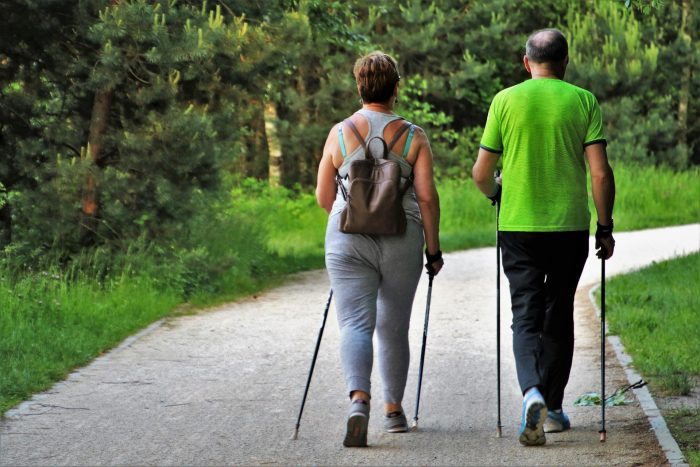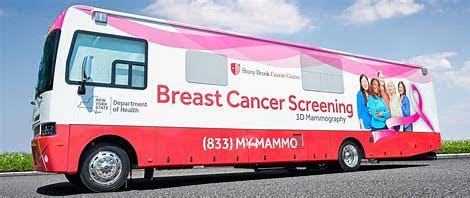Suffolk County Legislator Sarah Anker (D-Mount Sinai) is at the forefront of several initiatives at the county level. In an exclusive interview with Anker, she opened up about her positions on public campaign finance, the North Shore Rail Trail, coastal erosion and more.
For those who do not know you, can you describe your background?
My background is that I’m a mother of three children and have been a Mount Sinai resident for 25 years. I’ve lived in Middle Island and in Coram, and I’m very familiar with this area and my legislative district. I worked at different ad agencies, did some independent contracting work and at some of the local shops in Patchogue. Then I took off for a handful of years to raise my kids.
When my youngest was born, the New York State Health Department put out a cancer map showing that our area had a high frequency of cancer, particularly breast cancer, and my grandmother had just passed away from breast cancer. I decided to start a non-for-profit, the Community Health and Environment Coalition, around 2003. And this was basically to advocate to the state to come and do an investigation, tell us what we need to know, why we had these numbers and where these numbers were coming from.
Eventually, they came back to the community and did testing, but unfortunately, they left more questions than answers. We continue to investigate and try to understand the causes of cancer.
I got a job working as the chief of staff for [Councilwoman] Connie Kepert [D-Middle Island] at the Town of Brookhaven. She pulled me in and then they got a $4.5 million grant for solar programs. Working with Connie, we started the programs and then I was promoted to be in charge of creating an energy department at the Town of Brookhaven. I left that position to run for this position.
I ran for office and have been elected seven times. I’m term limited, so I can’t run anymore. I’m a Democrat but fairly conservative — moderate and in the middle. I find the common denominator and I focus on that. I don’t go too far left or too far right, and I’m here to represent my constituents and to kind of settle the storm when there are issues out there. My top priority is public safety and the safety of my residents. I did that for my kids and my family. I do that now for my constituents.
How did your most recent project, the North Shore Rail Trail, come to fruition?
That one was very challenging. I had to overcome some major obstacles and challenges along the way.
The three main challenges were getting the county exec on board. The former one was not supportive; the current one, Steve Bellone [D], supported it. I also had to get the energy folks from LIPA on board. I had worked a lot with them while running the energy program at the Town of Brookhaven and we had a good professional relationship.
That worked because they were open to the idea of LIPA having this as a wonderful public relations project. The third one was getting the community on board. The ability to see this through stemmed from the fact that there had been fatalities related to people attempting to ride their bikes, jog or run along our local highways. Because all of those concerns and challenges were in place, it was time to move forward.
Hopefully, and I stress this, people need to use common sense and they need to take responsibility for their safety when they cross the intersections. But this provides a safe place for people to be able to recreate.
Can you discuss the work you are doing related to coastal erosion?
Erosion is a huge issue. I was meeting constituents and I was on Culross Drive in Rocky Point and as I walked up to a house, I noticed that their neighbor’s house had fallen off the cliff — literally, it was down the cliff. This was 10 or 11 years ago.
I found that a lot of constituents in my area are part of beach associations. Miller Place, Sound Beach, Rocky Point — these are private beach communities, so they don’t qualify for federal funding. I’m using the resources we do have to educate them on certain seagrasses, different brick structures, just give them ideas to try to address it.
Unfortunately, if one addresses it and this person doesn’t and this person doesn’t, then it creates issues for the people that do. So I’m trying to see if we can get everyone on board to address the erosion issue. We’ll do what we can.
Public campaign finance has been an ongoing dispute between the county executive and the Legislature. Can you elaborate on your stance regarding the public campaign finance program that was repealed last week?
I support funding campaign finance reform. I support it. It’s a program that was started last year. We put money into it and it’s a shame that we couldn’t try it out. We do pilot programs all the time and I would have hoped that they could have at least done that.
It was a project that the former presiding officer, Rob Calarco [D-Patchogue], had advocated for. He worked for a long time on it. I respect him and the amount of effort that he put into that. I would have preferred to at least give it a shot and see where it was going.
If it wasn’t doing well or there were some issues or problems with it, we could have always changed it. I voted to have another way to finance campaigns. Any large organization that has a lot of money can create very, very challenging campaigns for any individual — and I’ve been there personally.
What is it about the communities that you represent that makes them so distinctive and unique?
I think that we have a lot of folks who understand how important it is to take an active role in their community. We have a lot of folks that participate in projects and events and activities that continue to inspire the people around them. Like the butterfly effect or a ripple in a stream, it just keeps going and I see that in my community.
Right now, in this complicated political climate, we need to understand that we all have something in common and we can all be part of addressing issues and accomplishing our goals by working together collaboratively. I’ve seen that and I do that, and I think that — whether it’s unique to us or not — it’s something that’s important that is happening in our district.
We get what we put into our community. And right now, the people that have contributed to and who have improved our community, I’m really honored and privileged to work with those folks.
Whether it’s Bobby Woods with the North Shore Youth Council or Bea Ruberto from the Sound Beach Civic Association, you really see who the true heroes are within your community when you work with them. And I feel very honored to have the ability to be part of what they are trying to create, which is a place that we can call home.




